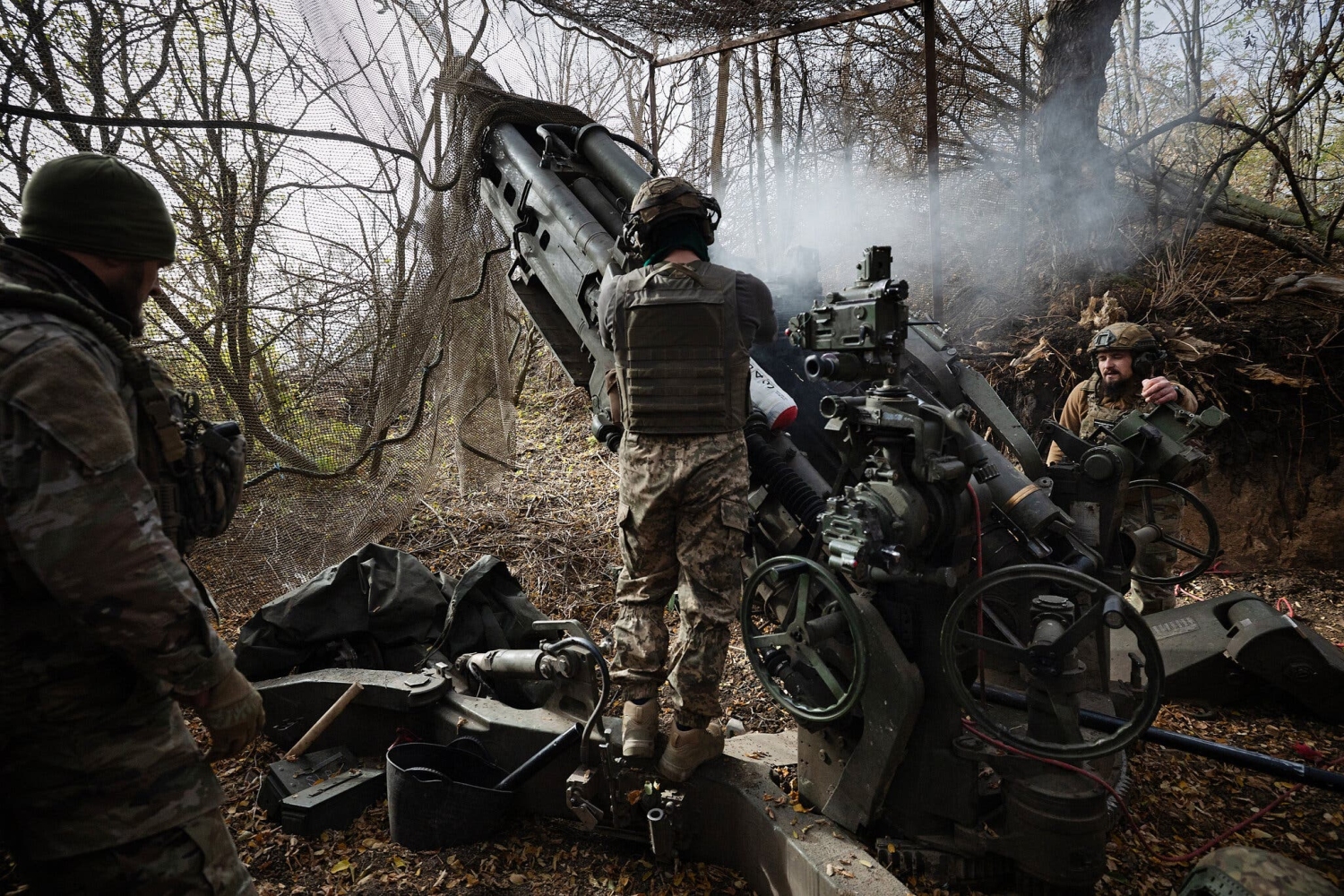
This article is more than
8 year oldWhy are hundreds of sea turtles turning up dead off the coast of El Salvador?
The country's environment ministry says between 300 and 400 of the creatures have been discovered since Oct. 28, either dead or dying, floating off the coast or washed up on the beaches.
- AS IT HAPPENS: Why are octopuses fleeing the ocean in Wales?
- AS IT HAPPENS: Bahamas' famous swimming pigs found dead
Usually the first suspect in a situation like this would shrimp trawlers. The turtles can get caught in the bycatch and drown in the trawl nets. During two previous instances of mass turtle deaths in 2006 and 2013, the nets were partially to blame.
But researcher Mike Liles says that doesn't seem likely this time around, as the country is in the middle of a month-long shrimping ban.
The other suspect, he said, is something called "Red Tide" — when colonies of algae blooms grow out of control and sometimes turn the water a reddish-brown colour.

"These algae blooms are particularly lethal because they produce toxins that can affect marine life as well as humans," Liles, director of the turtle conservation organization ProCosta, told As It Happens host Carol Off.
These blooms can be exacerbated by environmental conditions like hot weather paired with agricultural runoff from chemicals like pesticides — a common problem in a country like El Salvador, which is small but with a dense human population.
The ministry has collected blood samples from the affected turtles and should be able to confirm next week whether toxins are to blame.
Técnicos y guardarrecursos navegaron 7 millas náuticas mar adentro de la Bahía de Jiquilisco donde se hallaron varias tortugas muertas (1/4) pic.twitter.com/Wvzq970gDW
— MARN El Salvador (@MARN_SV) November 3, 2017
If toxic algae blooms are the culprit, a temporary seafood ban could be imminent, says Liles, as some toxins can move through the food chain and infect people as well. Red Tides have been linked to human fatalities in the past.
As for the turtles, Liles is worried about their ability to recover from mass casualties in their adult populations.
"The evolutionary processes of these turtles over the past hundred million years is they've evolved in a way that they can experience high numbers of deaths of hatchlings, for example, because they lay so many eggs," he said.
"But as they grow older, the ones that are most important to protect are these adults and those are unfortunately the ones we're seeing dead and stranded floating in the water."
The "silver lining," he said, is that the dead turtles mostly seem to be olive ridleys and green turtles, which are less vulnerable than El Salvador's critically endangers hawksbills and leatherbacks.
"So hopefully they'll be more resilient in recovering."




